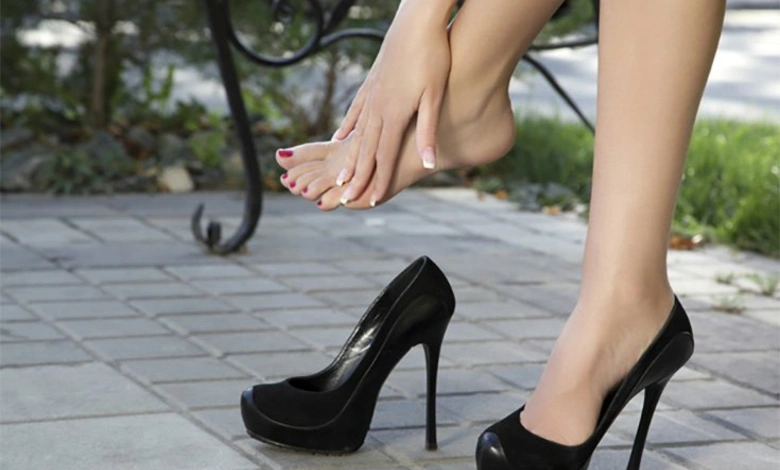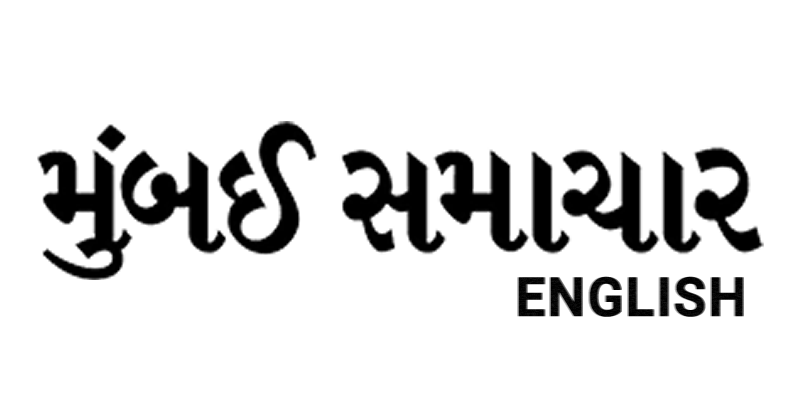
In an era where professional women are empowered to lead with confidence, the choice of footwear often plays a starring role in that image. Yet, while a polished appearance can boost your presence in the boardroom, sacrificing comfort for style—particularly through daily high-heel habits—may exact a steep price on your well-being. Healthians warns that the allure of elevated heels isn’t just superficial; it can lead to profound, potentially permanent bodily harm. From subtle strains to severe structural changes, the cumulative effects of routine heel-wearing demand a closer look.
One of the most immediate threats lies in the feet themselves. High heels redistribute body weight forward, overloading the forefoot, midfoot, and ball-of-the-foot area. This relentless pressure can trigger micro-tears, fractures, and contractures in tissues unaccustomed to such daily demands. Over time, persistent use exacerbates joint discomfort, fostering chronic pain that resists resolution without intervention.
Ankle vulnerabilities compound the issue. Those near-misses during hurried steps aren’t mere clumsiness; they’re signals of instability. Heels force the ankle into precarious angles, heightening the odds of sprains. As muscles tire and inflame from this unnatural positioning, the risk of deeper injuries escalates, turning everyday navigation into a hazard.
ALSO READ : Want To Recreate The National Crush Rashmika Mandanna’s Saree look ? Have A Look
Posture, too, bears the brunt. The downward tilt of the foot in heels— even at modest three-inch heights—amplifies forefoot stress by up to 75 percent, prompting compensatory shifts in spinal alignment. This can manifest as an exaggerated, unnatural curve in the lower back, undermining the poised demeanor heels are meant to enhance and potentially signaling unprofessionalism through slouched stances.
For those already battling desk-job woes, heels intensify knee and back agony. By altering gait and stance, they strain ligaments and the spine, inviting acute discomfort that may evolve into arthritis. As outlined in Healthians’ guide, Understanding and Managing Arthritis: An Indian Perspective, such progression underscores the long-term stakes for habitual wearers.
Deformities add a cosmetic cruelty. The tiptoe-like posture invites toe crowding and injuries, often culminating in hammertoe—a bent, claw-like distortion that’s as painful as it is unsightly. Balance suffers similarly; stilettos and steep inclines test equilibrium, inviting tumbles that jar bones and connective tissues.
Finally, vascular health falters under the squeeze. The compressed foot shape restricts circulation, stressing vessels to the point of rupture and inviting circulatory woes.
Ultimately, the trade-off between fashion and fitness tilts decisively toward the latter. Healthians urges reflection: Is the fleeting boost of height worth enduring—and funding—ongoing physical decline? Opting for moderation preserves both stride and stature.




